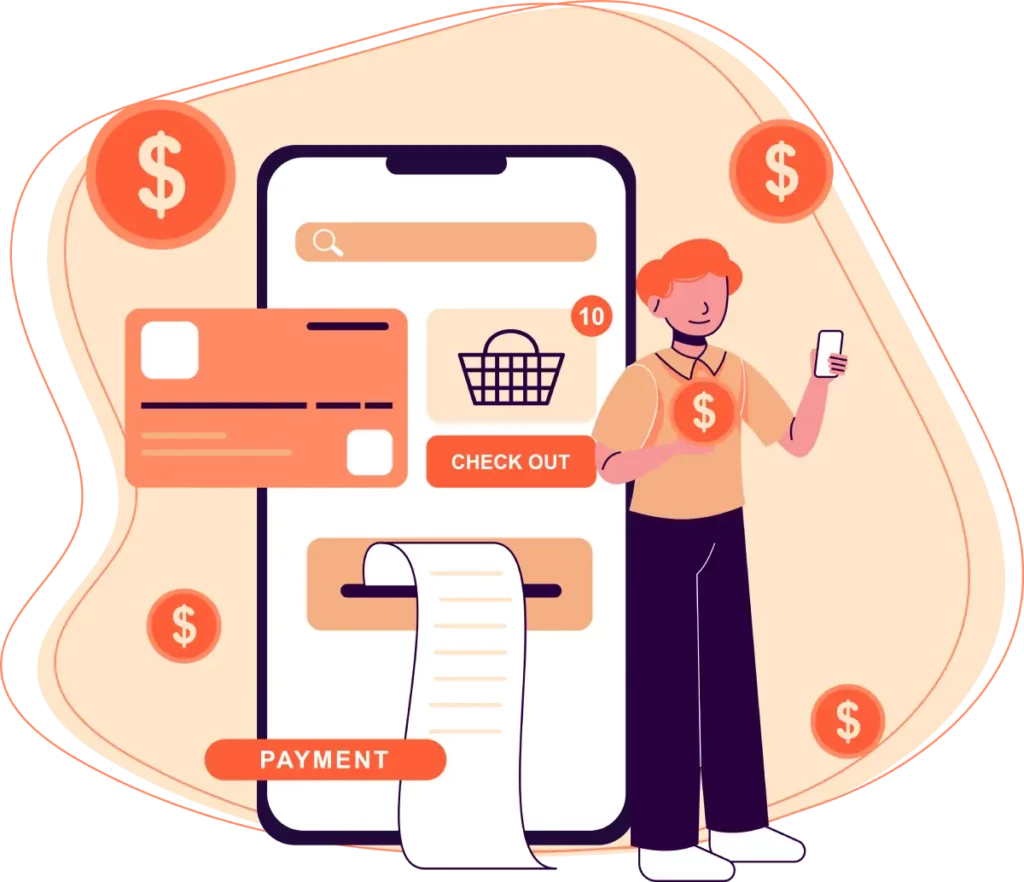Your platform is growing. You know that adding payment processing would improve user retention and open up new revenue streams, but building that infrastructure from scratch? That means months of development, steep compliance costs, and regulatory headaches.
White-label payment processing offers a faster, more efficient path. It allows you to deliver a fully branded payment experience using an established infrastructure. Your customers see your brand every step of the way, while enterprise-grade technology powers the backend. In this guide, we’ll break down how white-label payment processing works, who can benefit from it, and what separates the best providers from the rest.
Key Takeaways
- White-label credit card processing lets you offer branded payment solutions using a third party’s infrastructure.
- The benefits of white-label card processing include faster launch, lower cost, and new revenue from payment monetization.
- SaaS platforms, marketplaces, ISOs, and vertical software providers benefit most from white-label payment solutions.
- Choosing a provider with strong customization, security, and support is key to long-term success.
What Is White-Label Payment Processing?
White-label payment processing allows businesses to offer payment solutions under their own brand while relying on a payment provider’s technology. Instead of building a payment system from the ground up, you customize an existing platform with your branding — logo, colors, and messaging — and deliver a seamless payment experience without investment-intensive development.

Think of it like white-label and private-label products in retail. The business sells the products under its own name, but a third party manufactures them. In this case, you’re offering payment services powered by established processors that are presented as your own.
Technically, it all works through APIs and customizable interfaces. Your white-label provider manages the backend — bank connections, credit card processing, debit card processing, security, and compliance — while you control the user-facing checkout experience.
For software companies and platforms, this turns payments into a competitive advantage. Instead of sending users to a third-party payment processing service, you keep them inside your ecosystem and generate revenue on every transaction.
Benefits of White-Label Payment Processing
White-label payment processing comes with clear advantages over building a payment stack in-house. Reduced costs and faster deployment are just the start. The real win is being able to focus on growing your core product while still offering robust payment functionality.

Reduced Development Time and Cost
Developing payment infrastructure from scratch can take months and be prohibitively expensive. You need development resources, compliance expertise, security certifications, and ongoing maintenance.[1] Finextra. How to Build Your Own Payment Gateway. Accessed August 6, 2025.
White-label solutions streamline the process. By utilizing tested and compliant technology from a provider, you can quickly and affordably launch payment processing on your platform. The resource requirements are dramatically reduced compared to building in-house. Smaller teams can launch payment features faster and reinvest the saved time and money into core product growth.

Enhanced Brand Consistency
When users are redirected to external payment pages, you lose control over the experience. With white-label credit card processing, every step of the transaction stays on-brand. Your logo, colors, and language remain consistent from checkout to confirmation.
This familiarity builds trust. Customers feel safer entering sensitive information on a page that looks and feels like your platform, which can improve conversions and customer retention.

Expanded Payment Options and Global Reach
Today’s customers expect to pay using their preferred payment methods — credit, debit, ACH, digital wallets, and even crypto. Studies show that around 10% of users abandon checkout if their preferred method isn’t available.[2]Statista. Main Reasons Why Consumers Abandon Their Orders During the Checkout Process in the United States in 2025. Accessed August 6, 2025.
White-label payment gateways can only not offer various payment method solutions, but they often have built-in support for international payments, multi-currency options, and local compliance. White-label payment processing is built to support scale, meeting your company’s payment needs today and tomorrow.
What to Look for in a White-Label Payment Processing Partner
The right partner can make or break your white-label payment offering. Here’s what to prioritize:
- Customization: Look for solutions that go beyond basic branding. Full UI/UX control, custom domains, and mobile SDKs should be available.
- Security and Compliance: Your provider should offer PCI DSS Level 1 compliance, tokenization, and end-to-end encryption.
- Integration Tools: Ensure they provide RESTful APIs, mobile SDKs for iOS and Android, and third-party integrations.
- Support and Uptime: Look for 24/7 support, dedicated account management, and transparency around outages or issues.
- Payment and Industry Coverage: Confirm they support your industry, especially if you’re in a regulated or high-risk sector. Diverse payment options and global reach are essential.
Some providers avoid high-risk industries, like CBD, online gaming, or adult entertainment. If your platform serves these industries, you’ll need a partner experienced in complex risk environments.
Common Challenges and How to Overcome Them
Even with clear benefits, there are challenges associated with white-label merchant processing to watch for:

- Technical Integration: Some APIs are poorly documented or inconsistent. Choose a partner with developer-friendly support.
- Risk Management: If you’re unfamiliar with payment underwriting, making costly mistakes is easy. Use solutions that automate risk evaluation and offer guidance.
- Limited Customization: Some solutions allow only minimal branding. Test their flexibility during the evaluation phase.
- Hidden Fees: Watch out for hidden setup fees, API call limits, or minimums that could create future friction.
Maximizing Brand Control and Customer Experience
With white-label payment processing, every part of the payment journey should feel like it belongs to your platform. From the checkout screen to transaction emails, consistency boosts trust. Use analytics from your white-label provider to improve onboarding, identify friction, and optimize payment flows. Features like instant payouts, subscription billing, or split payments can differentiate your platform and improve retention.
Take Control of Your Payments Today
White-label payment processing lets you fully own the payment experience without building infrastructure from scratch. You maintain control of your brand while relying on proven backend systems. PaymentCloud offers white-label payment processing built for SaaS platforms, marketplaces, and ISOs — especially those working with high-risk industries. We handle the heavy lifting so you can focus on scaling your business.
From basic integrations to advanced, customized ecosystems, we help you turn payments into a powerful growth lever. Ready to get started? Explore PaymentCloud’s white-label embedded payment solutions today.
White-Label Payment Processing FAQs
What industries benefit most from white-label payment processing?
SaaS platforms, ISOs, marketplaces, and financial services companies can benefit from keeping payments in-house and under their brand. Any business with transaction volume can gain from white-label payment processing.
How secure are white-label payment processing solutions?
White-label solutions match or exceed traditional processor security. Reputable providers maintain PCI DSS Level 1 compliance, the highest certification. They implement bank-level encryption, tokenization, and fraud prevention. Your customer data is protected by proven processing infrastructure.
What are the typical costs involved with white-label payment processing?
White-label payment processing includes setup fees, monthly platform costs, and per-transaction charges that vary by provider and requirements. Pricing depends on transaction volume, features, and customization level. Compare multiple providers to find the best rates for your specific needs.
How quickly can a business implement a white-label payment solution?
White-label implementations typically launch in one to three months, including setup, branding, and integration. Complex implementations with custom workflows and advanced risk rules may extend toward the longer end of this range. The timeline depends on your technical resources and requirements. Compared to building from scratch, white-label credit card processing delivers significantly faster time to market.




